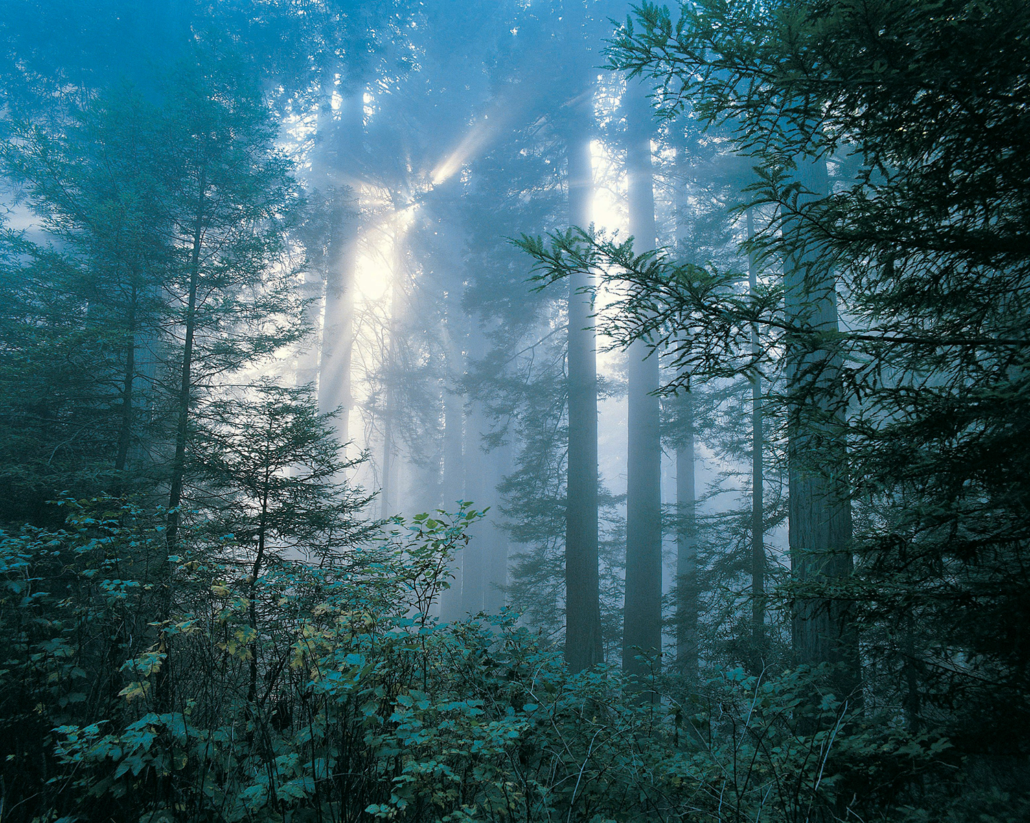As climate change reshapes landscapes across Canada, Indigenous communities in treaty territories face unique challenges and opportunities. The intricate relationship between Indigenous Peoples, their ancestral lands, and the Canadian government, as defined by historical and modern treaties, adds a complex dimension to climate change adaptation efforts. This exploration delves into how First Nations are navigating climate challenges while asserting their treaty rights and preserving their cultural heritage.
Understanding Treaty Rights in the Context of Climate Change
Treaties between Indigenous nations and the Crown form the legal and moral bedrock of Canada. These agreements, some dating back to the 18th century and others as recent as the 1990s define rights to land use, resource management, and cultural practices. However, the framers of these treaties could not have anticipated the profound environmental changes brought by global warming.
Chief Archie Waquan of the Mikisew Cree First Nation reflects on this challenge: “Our ancestors signed Treaty 8 to protect our way of life for future generations. Now, climate change is altering the very land and waters that the treaty was meant to preserve. We need to interpret our rights in light of these new realities.”
This sentiment echoes across treaty territories, from the numbered treaties of the Prairies to the modern agreements in the Yukon. Indigenous leaders and legal experts are increasingly arguing that the right to a healthy environment and the ability to adapt to climate change are inherent in treaty agreements.
Climate Impacts on Treaty Territories
The impacts of climate change in treaty territories are as diverse as the landscapes they encompass. In the Prairies, covered by Treaties 1 through 7, First Nations are grappling with increased drought conditions that threaten traditional agriculture and wildlife habitats.
In Alberta, Dene Tha’ First Nation member James Ahnassay describes the changes: “Our Elders remember when the muskeg was thick and wet. Now, it’s drying up. The moose and caribou are changing their patterns. It’s affecting our hunting, our medicine gathering, everything.”
In the boreal forest regions, encompassed by Treaties 8, 9, and 11, increased fire risks pose significant challenges. The 2016 Fort McMurray wildfire, which forced the evacuation of several First Nations communities, serves as a stark reminder of these growing threats.
Coastal areas, including those covered by the Douglas Treaties in British Columbia and modern treaties in the Atlantic provinces, face rising sea levels and increased erosion. These changes threaten not only infrastructure but also culturally significant sites and traditional harvesting areas.
Indigenous-Led Adaptation Strategies
In response to these challenges, Indigenous communities are developing innovative adaptation strategies that honour treaty relationships while addressing climate realities.
(Image Credit: Jordan Gonzalez, Unsplash)
Land-Use Planning and Management
Many First Nations are asserting their treaty rights through comprehensive land-use planning that incorporates climate change considerations. The Mikisew Cree First Nation in Alberta, signatories to Treaty 8, have developed a cutting-edge climate-ready land-use plan.
Melody Lepine, director of government and industry relations for Mikisew Cree First Nation explains: “Our plan looks at how climate change will affect our territory over the next 50 to 100 years. We’re identifying areas that need protection, areas where we can develop sustainably, and how we can adapt our traditional practices to changing conditions.“
Wildlife and Habitat Conservation
(Image Credit: Joe Eitzen, Unsplash)
Treaty rights to hunt and fish are central to many Indigenous cultures. As climate change alters wildlife habitats and migration patterns, First Nations are leading conservation efforts to protect these rights for future generations.
Blog by Rye Karonhiowanen
(Header Image Credit: Getty Images, Licensed, Unsplash)

